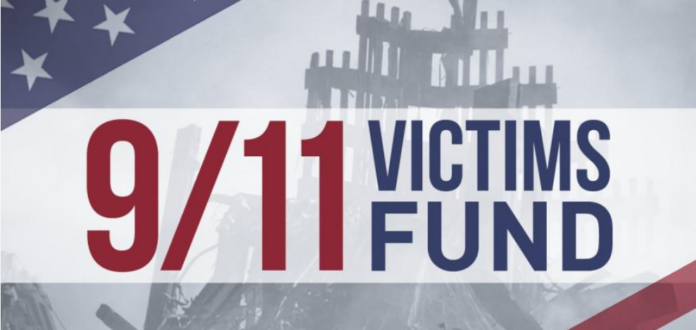When terrorists flew planes into New York’s World Trade Center on September 11, 2011, the buildings collapsed, killing 2,763 people in the Twin Towers and surrounding areas. The catastrophe also created enormous clouds of debris and dust that enveloped lower Manhattan. Dust reached as far as the Empire State Building, 2.93 miles away.
In the weeks and months that followed the catastrophe, it became apparent that the toxic brew created by the attacks was making hundreds of people sick. To help families of those who died and assist survivors who developed health issues, the U.S. Government authorized a fund for victims of the disaster.
The VCF Offered Help in the Aftermath of 9/11
Shortly after the September 11 attacks, the 9/11 Victim Compensation Fund was created via an act of congress. The VCF1 lasted from 2001 to 2004 and was designed to ease the emotional and financial stresses of families who lost a loved one in the attacks.
Those who were injured or fell ill due to the attacks, first responders, World Trade Center workers, and Lower Manhattan residents who could no longer work were also eligible to file claims.
911 Created a Health Crisis
In the years after the VCF ended in 2004, it became increasingly clear that the tragedy had caused an ongoing health crisis. The debris cloud released a vast plume of carcinogens that blanketed lower Manhattan, turning it into a cesspool of deadly disease.
According to NY Mag, World Trade Center Health Program doctor Michael Crane says that it is impossible to know precisely what that cloud contained since the wind carried it away. Doctors do know that people were breathing it in and eating it.
What is certain is that the debris was made up of horrible things that included plastics, burning jet fuel, metal, fiberglass, and asbestos. It formed a terrible, thick soup of toxic materials. The CDC estimates that the debris cloud impacted approximately 400,000 people. Victims include rescue workers, students, school staff, residents, and passersby. Increased awareness of the expanding health crisis prompted a reactivation of the VCF in 2011.
The Fund Has Been Reauthorized and Extended
In January 2011, the James Zadroga 9/11 Health and Compensation Act was signed into law and reactivated the September 11 Victim Compensation Fund. According to CNN, the act expanded health coverage and compensation to help those with 9/11-related health problems. President Obama reauthorized the Zadroga Act in 2015, extending the VCF and 911 Health Program.
President Trump subsequently signed an act into law to extend the VCF, which would have expired in 2020. The fund provides victim compensation through 2090.
The WTC Health Program
The VCF provides financial compensation to those who suffered injury, illness, or death from the 911 attacks. In contrast, the WTC Health Program provides medical treatment and monitoring to eligible victims.
The programs are separate entities with different sets of criteria and eligibility requirements. For instance, being enrolled in the Health Program and getting treatment through their network does not mean a person has registered with the VCF or submitted a financial compensation claim to the fund.
September 11, 2011, terrorist attacks on New York’s Twin Towers killed thousands and created enormous amounts of toxic debris. The deadly, widespread debris created a health crisis that continues to impact victims. Congress created The Victim Compensation Act and WTC Health programs to help those affected by the attacks and related health issues. In 2019, eligibility for compensation was extended through 2090.

















